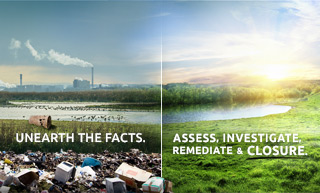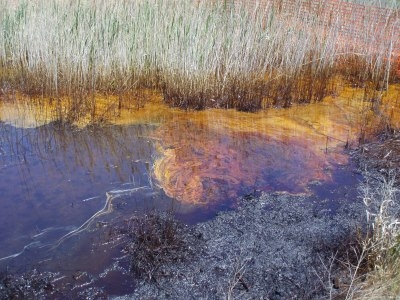What are PFAS Chemicals?
PFAS, or per- and polyfluoroalkyl substances, are a large group of human-made chemicals used in industry and consumer products worldwide since the 1950s. PFAS substances have been used in non-stick cookware, food packages/fast-food wrappings, water-repellent clothing, stain-resistant fabrics and carpets, some cosmetics, some firefighting foams and grease-, water- and oil-resistant products. PFAS do not occur naturally and are widespread in the environment, found in people, wildlife and fish worldwide.
PFAS contaminants commonly enter the environment through spills of PFAS-containing materials, discharges of PFAS-containing wastewater to treatment plants and certain types of firefighting foams.
What PFAS Chemicals Contain
- PFAS = a family of Per- and Polyfluoroalkyl substances containing carbon, fluorine and other elements

- PFOS = Perfluorooctane sulfonic acid
- PFOA = Perfluorooctane acid
- PFHxS = Perfluorohexane acid
- PFNA = Perfluorononanoic acid

The Health Effects of PFAS Chemicals
Scientists are still learning about the health effects of PFAS chemicals. The more widely used substances, like PFOS, PFOA, PFHxS and PFNA, have been studied more than other PFAS.
A large number of human studies have examined possible relationships between levels of PFAS in blood and harmful health effects. However, most studies analyzed only a small number of chemicals, and not all PFAS have the same health effects.
Known Effects of High PFAS Levels
- Increased cholesterol levels
- Decreased response to vaccines
- Increased risk of thyroid disease
- Decreased fertility in women
- Increased risk of high blood pressure or pre-eclampsia in pregnant women
- Lower infant birth weights
PFAS Health Research is Evolving
Several federal agencies are currently evaluating the human health risks of PFAS. Most people in the U.S. have PFAS in their blood, similar to the low levels observed in blood for other industrial compound classes, like flame retardants and plasticizers. While a blood test can determine the amount of PFAS in one’s body, there is currently not enough research to determine the level at which one would expect to see health problems.















